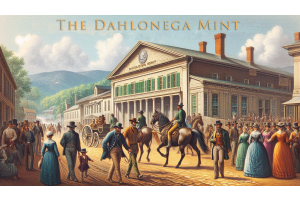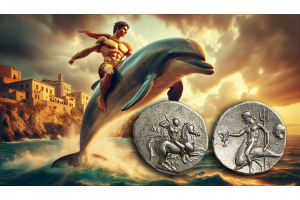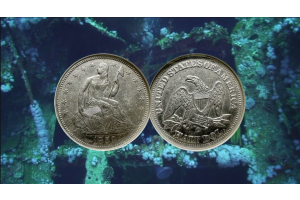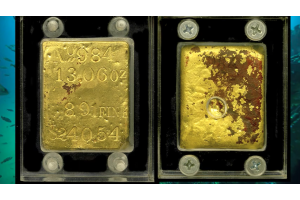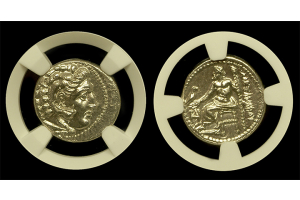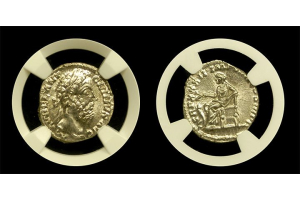Japanese Obans and Kobans
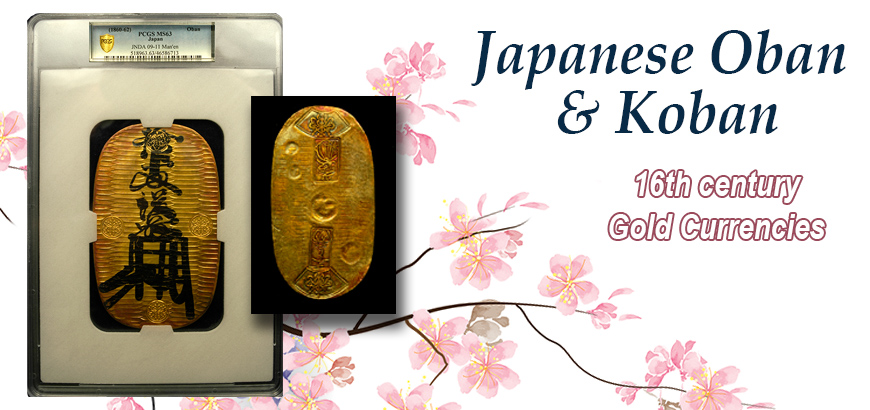
The introduction of Japanese Obans and Kobans during the Edo period had a profound impact on the country's economic and cultural history. These traditional gold currencies were visually stunning, with intricate designs and patterns. As a result, their composition made them both aesthetically pleasing and difficult to counterfeit.
Obans were the first of the two introduced in the second half of the 16th century. These were substantial rectangular-shaped currencies that were worth 10 Ryō, a weight unit used to measure gold and silver. The Oban was beautifully designed, often featuring images of samurai warriors or geishas. In fact, these designs were not just for decoration, but also served to prevent counterfeiting.
Koban was introduced
As Japan's economy grew, there was a need for smaller denominations of currency. Thus, the Koban was introduced in the early 17th century. The Koban was roughly half the size of the Oban and had a value equivalent to one Ryō. Like the Oban, the Koban was printed with elaborate designs and patterns.
While Obans and Kobans were widely used during the Edo period, they eventually fell out of use in the late 19th century. Mostly due to the introduction of modern currency. However, their significance in Japanese history lives on. Many of the designs printed on Obans and Kobans are now considered works of art. Most importantly, they are highly sought after by investors and collectors.
In addition to their artistic value, Obans and Kobans also served as a symbol of power. Furthermore, they wielded great influence during the Edo period. The ruling class used these currencies to demonstrate their wealth and status. Additionally, the designs on the notes often reflected their political or social standing. Today, these historical currencies are considered valuable collectibles and are treasured by art collectors worldwide.
In summary, the history of Japanese Obans and Kobans provides insight into Japan's economic and cultural development. The Oban and Koban were unique forms of currency that played an essential role in facilitating trade and commerce. Although they are no longer used today, their beauty and historical significance continue to be appreciated around the world.






